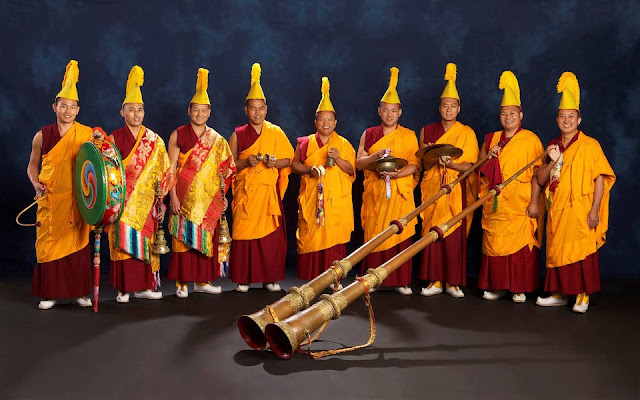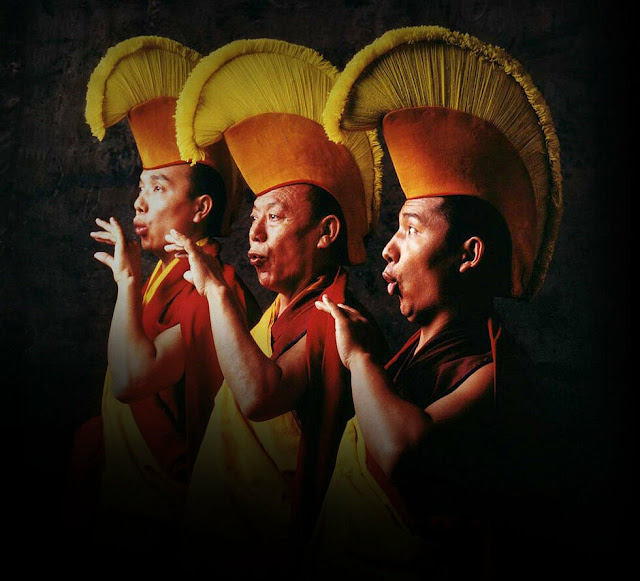A spiritual journey to our holy land - Tibet . Tibet is our holy land and heaven on earth.
Tibet is one of the most beautiful, standout and purest places on the planet,, Tibet is otherwise called “The roof of the world” because of its tallness that is around 4000 meters over the sea level.
Tibet’s tourism is presently counted in the most popular tourisms on the planet as not just the people from neighboring countries seem to visit Tibet, but from everywhere throughout the world, hundreds of thousands of visitors come to this region that has the highest plateau on the earth’s surface.
Lhasa, The Potala Palace
There are a number of amazing places that come in the list of “must visit places in Tibet”, the ideal trip that covers most of the places is from Lhasa to Kailash via EBC (Everest base camp) that generally takes 16 to 18 days to complete the tour.
Typically the most of the Tibet tours start from Lhasa, the capital of the Tibet self-governing region. Here, in Lhasa, many remarkable palaces and temples are there that are amazingly great and worth-visiting on a Tibet tour.
Lhasa is more than 1300 years old and lies on the northern slopes of the Himalaya Mountains, that makes this place more celebrated. This city is extremely influential in spiritual aspects, not just because of the pure, natural and magnificent beauty but also because of the Tibet’s old culture and sacred atmosphere.
The Holy Mount Kailash
Another iconic place of the Himalayas is the Mount Kailash that is honored as one of the most sacred places in the world and is situated around 22,000 ft above sea level. In Hindu mythology, it is believed that the Mount Kailash is the home of Lord Shiva.
A number of monasteries and great places fall along the route to Mt Kailash. The Mansarovar lake which is 18 miles from the Mount Kailash, is one of the greatest lakes in the world, its holy water provides spiritual benefits, but it takes a willingness to take a dip in the ice-cold water of the lake.
Samye Monastery - First Monastery Built In Tibet
Located in the quiet piedmont area of the Shannan Region, the Samye Monastery is the first monastery built in Tibet and the first complete with the three Buddhist jewels of Buddha, Dharma and Sangha. With these unique features, this splendid monastery has become an attraction for visitors from near and far.
The monastery was built by the Trisong Detsen (reigned 742-798) of the Tubo Kingdom and was presided over by the Buddhist master Padmasambhava. The Detsen contributed a lot to the project. First, it was said the name (meaning surprise in Tibetan) originated from an exclamation he made.
When the monastery was completed, Detsen took part in the foundation ceremony and then ordained seven descendants of blue blood to cultivate in the monastery. They became the first group of monks to live at the monastery and later the so-called 'Seven Enlighten Disciples of Samye'. Since then, Buddhism had become widespread within Tibet and forms a branch of splendid culture. Now, the monastery is listed as one of the cultural relics of national importance under the protection of the state.
Yamdrok Lake
Yamdrok lake is one of the three largest sacred lakes in Tibet. It is over 72 km (45 miles) long. The lake is surrounded by many snow-capped mountains and is fed by numerous small streams. The lake does have an outlet stream at its far western end. Around 90km to the west of the lake lies the Tibetan town of Gyantse and Lhasa is a hundred km to the northwest. According to local mythology, Yamdrok Lake is the transformation of a goddess.
Yamdrok Lake, has a power station that was completed and dedicated in 1996 near the small village of Pai-Ti at the lake western end. This power station is the largest in Tibet. The lake with an area of 621 square kilometers and the unknown depth is fan-shaped, spreading to the South but narrowing up to the North.
Yamdrok Lake, has a power station that was completed and dedicated in 1996 near the small village of Pai-Ti at the lake western end. This power station is the largest in Tibet. The lake with an area of 621 square kilometers and the unknown depth is fan-shaped, spreading to the South but narrowing up to the North.
The mountainous lake has a dozen of islands, the largest of which is about 3,000 square kilometer. The lake freezes up in winter. Like mountains, lakes are considered sacrosanct by the Tibetan people, the principle being that they are the dwelling places of protective deities and therefore invested with special spiritual powers.
There are shoals of fish living in Yamdrok Yumtso lake, which are commercially exploited by local population. From April to October, fish caught from this lake are sold at markets in Lhasa. Besides, the lake's islands serve as rich pasture land to local herdmen.
There are shoals of fish living in Yamdrok Yumtso lake, which are commercially exploited by local population. From April to October, fish caught from this lake are sold at markets in Lhasa. Besides, the lake's islands serve as rich pasture land to local herdmen.
North Everest Base Camp
North Base Camp is in Tibet at 5,150 metres (16,900 ft). These camps are rudimentary campsites on Mount Everest that are used by mountain climbers during their ascent and descent. South Base Camp is used when climbing via the southeast ridge, while North Base Camp is used when climbing via the northeast ridge.
The North Base Camp has vehicle access (at least in the summer months). Climbers typically rest at base camp for several days for acclimatization to reduce the risks and severity of altitude sickness.
Thank you for reading, may you find peace and great bliss. With your support it helps to spread the Buddha’s precious teachings and turning the Dharma wheels in the world.
Aspiration For Bodhichitta
For those in whom the precious Bodhichitta has not arisen
May it arise and not decrease
But increase further and further.
Dedication of Merit
By this merit may we obtain omniscience then.
Having defeated the enemies wrong-doings.
May we liberate migratory from the ocean of existence.
With its stormy waves of birth, old age, sickness and death.
*Note
I do not own or infringe any copyright of the picture(s).
Picture(s) courtesy and credit to the rightful distributors and or studios.
Picture(s) is/are intended for editorial use only.






































